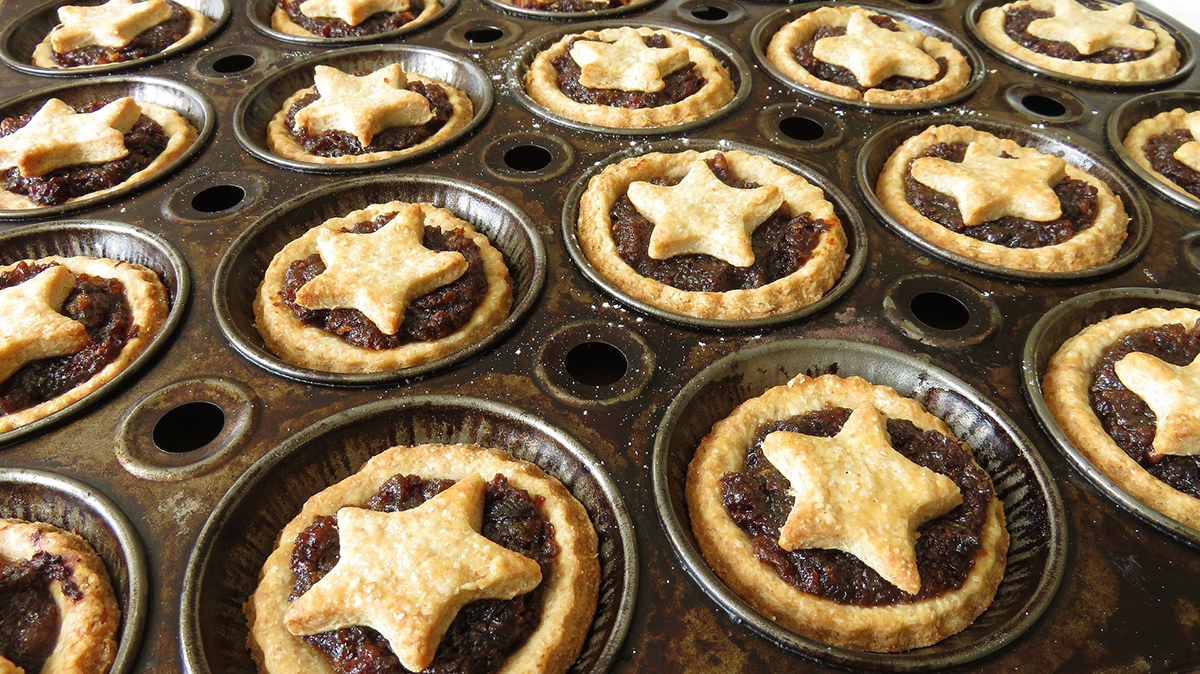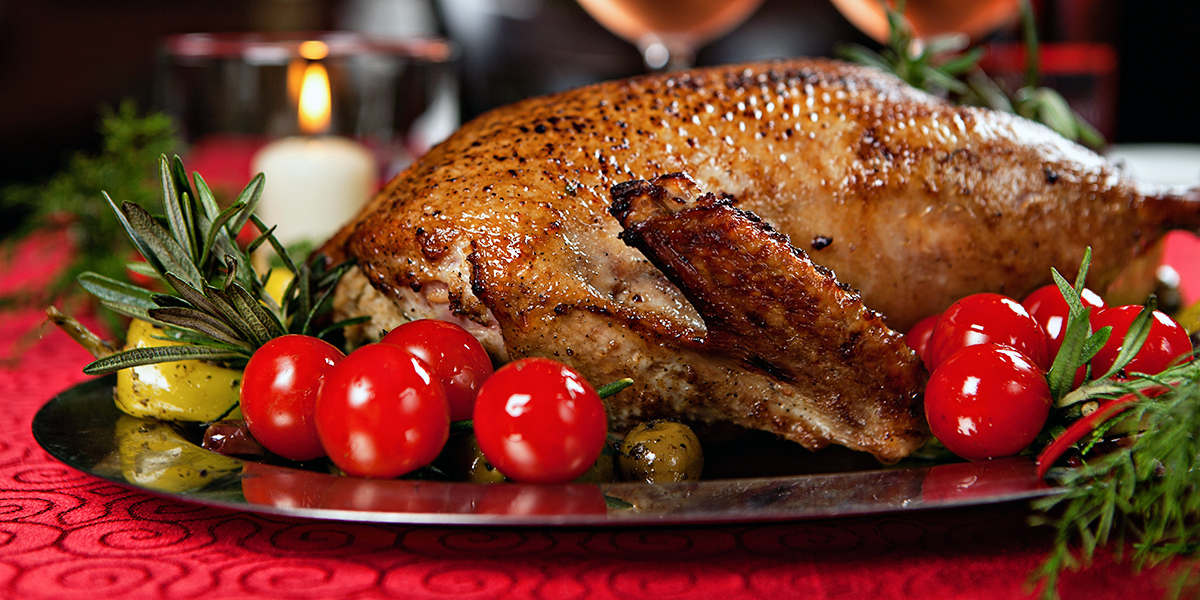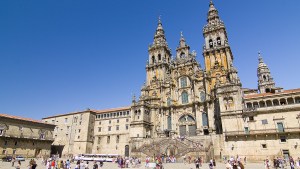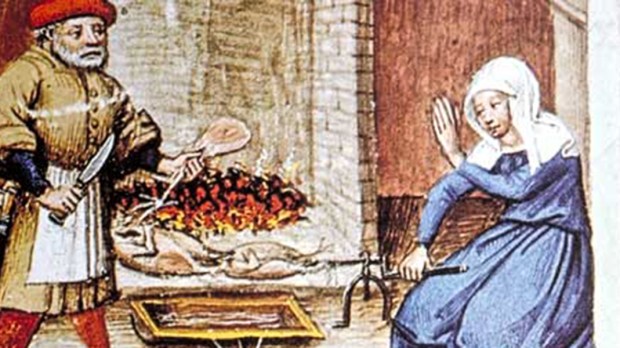Lenten Campaign 2025
This content is free of charge, as are all our articles.
Support us with a donation that is tax-deductible and enable us to continue to reach millions of readers.
The traditional Christmas feast sure has changed over the centuries. Today, most families prepare a single meal to be enjoyed on Christmas Day, but in the medieval period the celebrations could last the whole Christmas season. The feasts of yore were joyous occasions that would often draw in much of the community to share in the bounty.
As the rich and poor of medieval times had access to vastly different foodstuffs, there were a wide variety of Christmas dishes. Some of these dishes are still enjoyed today, while others would be met with upturned noses if placed on a modern dining table. Despite falling out of fashion, however, they were still enjoyed by the faithful for hundreds of years.
Let’s take a look at just a few of the traditional Christmas dishes from the medieval era.
1. The boar’s head
One of the most popular of the medieval Christmas fixings was a roasted boar’s head, displayed on a platter. While the boar’s head was not always consumed, a Christmas feast would not be seen as complete without one present. A report from Ranker notes that the boar’s head came from the Germanic tradition and seeped into Anglo-Saxon culture from there. The dish was so popular that carols about presenting a cooked boar’s head were sung during the season.
2. Mince pies
Designed in a rectangular shape to reference the manger, mince pies were a popular Christmas meal. Historic-UK notes that cinnamon, cloves and nutmeg were often added to symbolize the three gifts presented by the Magi. Mince pies were assembled with various types of meat, spices, and fruits, and it was considered good luck to eat at least one on each of the 12 Days of Christmas.

3. Pottage
Pottage was a staple food all year round. The term refers to any meal cooked in a pot. The most common pottages were made of boiled vegetables and grains, but meat and fish were added when available. Pottage could last for days or weeks, resting over the hearth fire. In that time, whenever some was eaten, more ingredients would be added. This made the meal slowly shift in flavor as the days progressed. The poor and wealthy all enjoyed pottage, but the rich would often add more expensive ingredients.
4. Sugar plums
Sugar plums were a very popular Christmas sweet, especially among those who could afford sugar. The process of making sugar plums involves drying and preserving the fruit to last well into the year. Be that as it may, these treats would rarely last that long, as they were popular among children and adults alike. Sugar plums became so synonymous with the season that they made their way into the popular 19th-century Christmas poem “A Visit From St. Nicholas” and, of course, The Nutcracker‘s “Dance of the Sugarplum Fairy.”
5. Peacock
The medieval era was a time when the turkey had yet to come to Europe. Instead, the faithful contented themselves with other poultry, like goose and peacock. Peacock was the choice of the rich, who would save the plucked feathers and dress the cooked bird for presentation. The colorful feathers adorning a pleasantly aromatic, cooked bird would have been an alluring sight, but it should be noted that peacocks do not taste very good.
6. Goose
For those without the means to procure a peacock, the Christmas goose was a godsend. The popularity of the Christmas goose lasted into the 19th century, to make an appearance in Charles Dickens’ A Christmas Carol. In the medieval era, goose was interchangeable with venison and even swan. Ranker notesgoose was also used by the rich, who would sometimes replace the meat on their unappealing peacocks with the more savory goose.

7. Priment (mulled wine)
As far as beverages go, mulled wine, or priment as it was known, was enjoyed all winter long. The drink was made from boiling wine with spices and leaving them to mull for a long time. The result was a flavorful drink that was believed to have medicinal qualities. As spices were very expensive and hard to come by, mulled wine was primarily enjoyed by the upper class, but it was put out at feasts for all to enjoy.
8. Gingerbread
One of today’s staple Christmas treats finds its origins in 15th-century cuisine. According to Ranker, medieval gingerbread was made by processing honey with saffron and pepper. After adding some flour and cinnamon, all that was left was to shape it and bake it. The medieval era was also when cookie cutters were developed, and many bakers made the same gingerbread-man shaped cookies that we enjoy today.

Read more:
Medieval ‘Where’s Waldo’: 12th-century stonemason carved himself into Spanish cathedral

